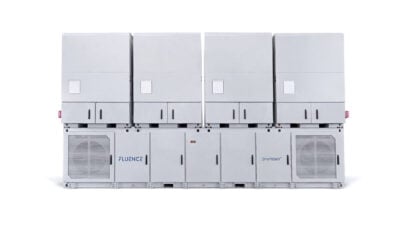
Rapid, far-reaching and unprecedented change is required to limit climate change to 1.5C, the Intergovernmental Panel on Climate Change (IPCC) has warned.
In a crucial new report published this morning, the IPCC has said that amongst significant transitions in other sectors, as much as 97% of power will have to be generated by renewables by 2050.
The wide-ranging and overarching report has found that limiting global warming to 1.5C would require “rapid and far-reaching” transitions across multiple sectors, of which energy is one. Across the global economy, CO2 emissions would be required to fall by 45% from 2010 levels by 2030, before transitioning to net zero by around 2050.
By 2050, the report states that between 49 and 67% of all primary energy use must come from renewable sources, with just 1 – 7% of primary energy originating from coal. And, even then, the IPCC argues that a “large fraction” of coal firing must be in conjunction with carbon capture and storage technologies.
Try Premium for just $1
- Full premium access for the first month at only $1
- Converts to an annual rate after 30 days unless cancelled
- Cancel anytime during the trial period
Premium Benefits
- Expert industry analysis and interviews
- Digital access to PV Tech Power journal
- Exclusive event discounts
Or get the full Premium subscription right away
Or continue reading this article for free
The ranges have been used by the IPCC to account for technology development and strategic choices taken by countries.
When limiting its spotlight to electricity generation, the IPCC says that renewables should grow from a ~28% share in 2020 to as much as 97% by 2050, with the median share equating to around 78%.
To read the full version of this story, visit Current±.





